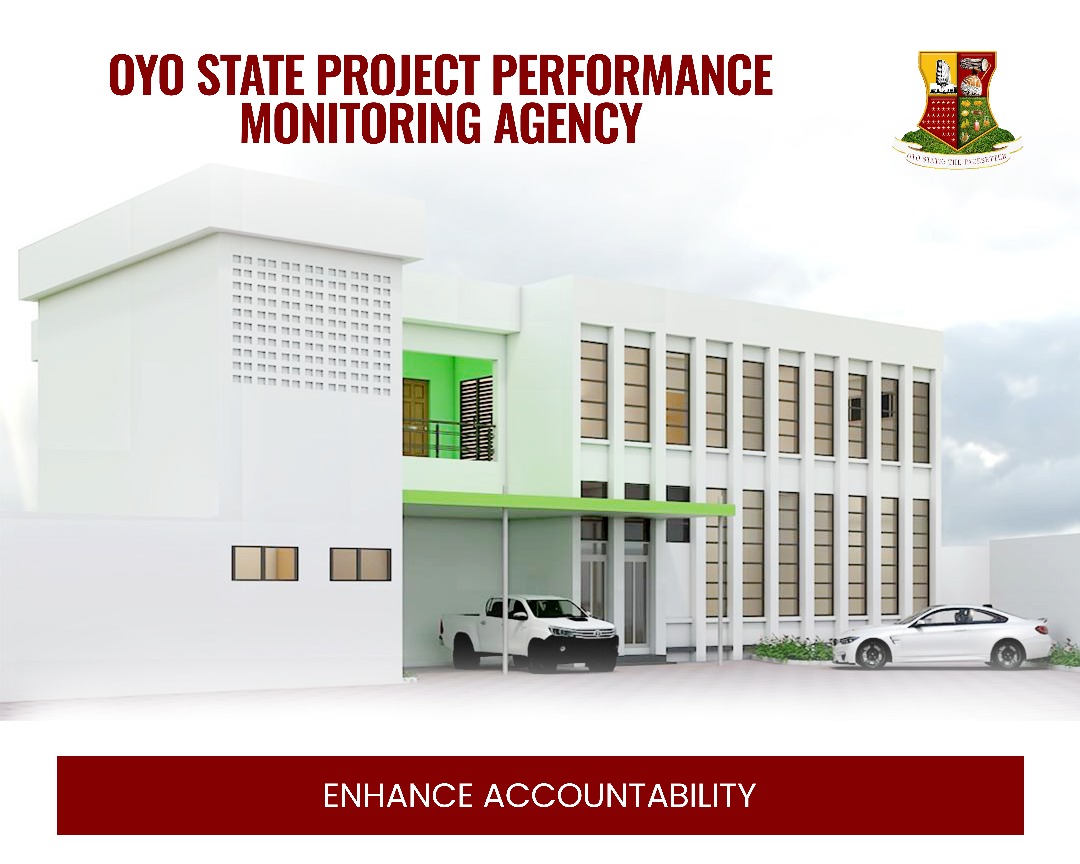…says Makinde using OYRTMA to score SDGs targets 3.6, Goal 11 to achieve 2030 Global Agenda
The Senior Special Assistant to Governor Seyi Makinde on Sustainable Development Goals (SDGs), Hon Kunle Yusuff MON has revealed that his office will soon make public it efforts in collaborating with development partners that will support the activities of Oyo State Road Traffic Management Authority (OYRTMA), for administrative smooth running.


Yusuff made this known on Wednesday while addressing journalists in his office. He noted that the United Nations Sustainable Development Goals has two global targets on road safety.
He added that the Oyo State SDGs, PSU and SICs appreciate Governor Seyi Makinde for investing in OYRTMA, most especially on the area of training of staff and provision of road infrastructures that have led to reduction in the rate at which accidents occurred. His words:
“Saving Young Lives, Protecting the Planet, and Growing the Economy: Road Safety for 2030;”
“The global road safety crisis however is the leading cause of death among children and youths.
As International Youth Day is commemorated around the world in August, the UN Road Safety Fund and partners outline ways to make travel safer in developing countries, where 93% of the world’s road traffic deaths occur.
The UN’s Sustainable Development Goals has two global targets on road safety. SDG target 3.6 calls to halve the number of global deaths and injuries from road traffic crashes – a global imperative which was extended until 2030 by a UN General Assembly resolution adopted last August. SDG target 11.2, on a 2030 timeframe, calls for improving road safety in the provision of access to transport systems and expanding public transport. Today, if you are between the ages of 5 to 29, you are more likely to die from a road traffic crash than any other cause, especially if you happen to be a road user – whether citizen or tourist.”
The Oyo State SDGs boss also appreciate efforts of the Chairman of (OYTRMA), Mogaji Akin Fagbemi for piloting the activities of the agency effectively and efficiently.
” in Developing Countries where 93% of the world’s 1.3 million road traffic deaths occur.”
“A quick comparison between high-income countries and low-income countries shows where we need to target future efforts if we want to make meaningful progress towards halving road crash fatalities and injuries. With an average rate of 27.5 deaths per 100,000 population, the risk of road traffic death is more than three times higher in low-income countries than in high-income countries, where the average rate is 8.3 deaths per 100,000 population. Concretely this means that lower-income countries like the Dominican Republic, Gambia, Liberia, Saint Lucia, Rwanda, Thailand, and Zimbabwe count over 29 deaths per 100,000 population every year due to road crashes, compared to 0 in Antigua and Barbuda and Monaco, 2 in Iceland and Singapore, 4 in Japan, and between 5 to 6 in Australia, Canada, Italy, and the EU.”
“Closing the gap will take a whole-of-society approach. Here are three ways we can make streets safer for children and youth everywhere.”
“First, we need to educate Children and Young People on safe road use. Nelson Mandela is quoted as saying that
“Education is the most powerful weapon which you can use to change the world.”
“The United Nations Road Safety Fund, the UN instrument mandated to leverage funding for high-impact road safety projects in low and middle-income countries. The first round of projects from this global fund included a focus on road safety education and resulted in universities embedding road safety modules in their curriculum on urban design, civil engineering, and architecture.
“Secondly, substantially reducing road traffic deaths call for innovation, innovation, and more innovation. Again, the SDGs SDGs PSU and SIC also applaud the “The Chairman of (OYTRMA) for his Proactiveness, Administrative Understanding and Logic Supervision of the Road Users in Oyo State. If the road traffic are not managed appropriately, there is likelihood that State will be recording higher numbers of Road Death on daily bases.”
“Road traffic crashes are largely preventable. Many high-income countries have already proven this to be the case. In Switzerland, Norway, Antigua and Barbuda, Monaco, and Iceland, strong government commitment coupled with smart mobility solutions such as adding roundabouts, reducing road blind spots, conducting public awareness campaigns, bolstering the enforcement of speed limits, and better regulating vehicle safety can dramatically reduce road fatalities. The EU and countries are also, through the Vision Zero approach reaffirmed in the context of the Second Decade of Action on Road Safety 2021-2030, , doubling their efforts to ensure zero road fatalities and serious injuries within this generation.
For developing countries whose resources are stretched thin, the key to making streets safer for young people will rest in the ability to develop and scale innovative road safety solutions that are adapted to national and cultural contexts. Early attempts have been made with Cameroon’s “Traveler” app and Kenya’s “Matserve Msafiri” app, which both track bus speed and allow for reporting unsafe driving or enabling speedy emergency road crash response.
More recent solutions include carpooling platforms in Algeria, Brazil, India, and Ukraine. According to the recent BlaBla car “Zero Empty Seat” report, drivers tend to drive more safely when carpooling by reducing speed, limiting phone use while driving, wearing vehicle safety restraints, and checking tires more regularly. Carpooling also has a significant impact on the environment, avoiding the emission of up to 15,200 tonnes of carbon dioxide (CO2) in 2018.”
“Thirdly, we need clear metrics to measure improvements in road safety, which will also help to attract financial resources where most needed.
The UN Road Safety Fund and its partners are exploring ways to set better metrics by upgrading an online tool for global road safety decision-making. The tool was first developed in 2018 by the UN Economic Commission for Europe to help countries map road safety gaps and use country data to forecast long-term reduction in road fatalities according to which road safety interventions are implemented today. The goal is to update the tool’s data set, ahead of the UN High-Level Meeting on Road Safety in July 2022, and ensure its future use as a global public good for at least 130 countries.
Oyo State SDGs will soon make it publicly the efforts will have been making in partnering with Development Partners that will Support Oyo State Road Traffic Management for administrative smooth running.”
